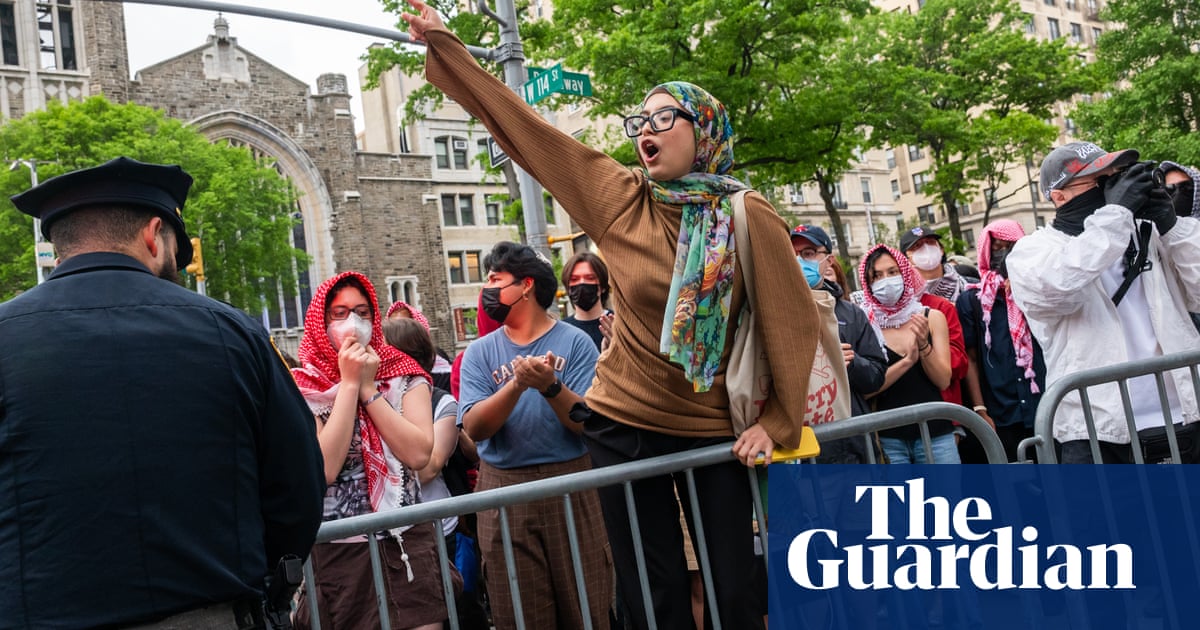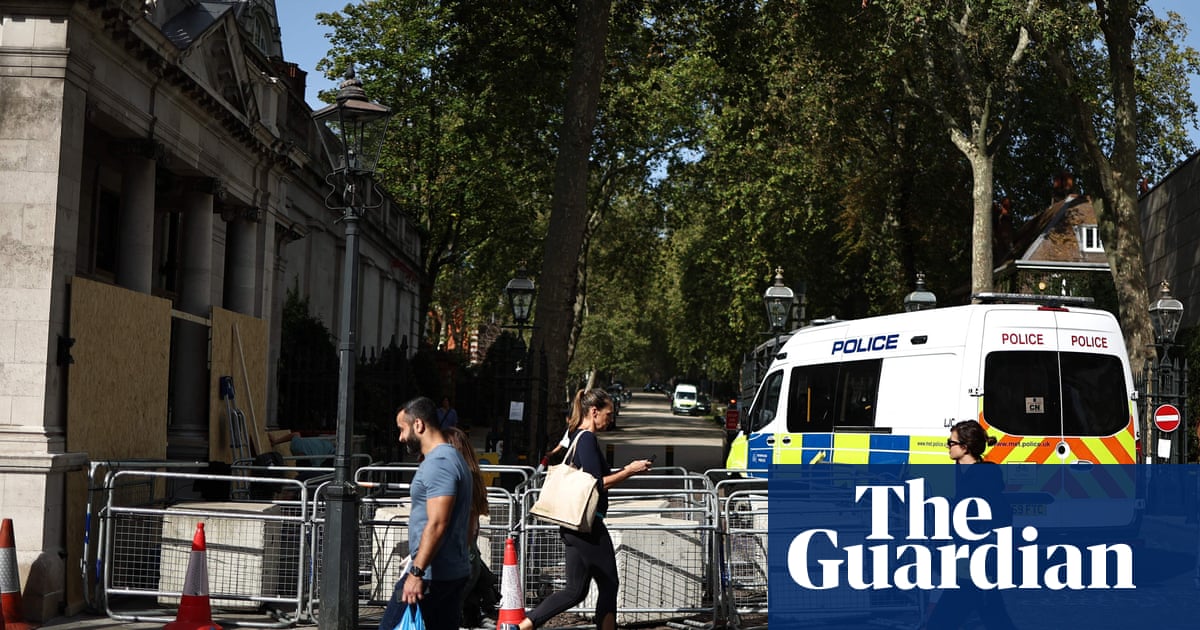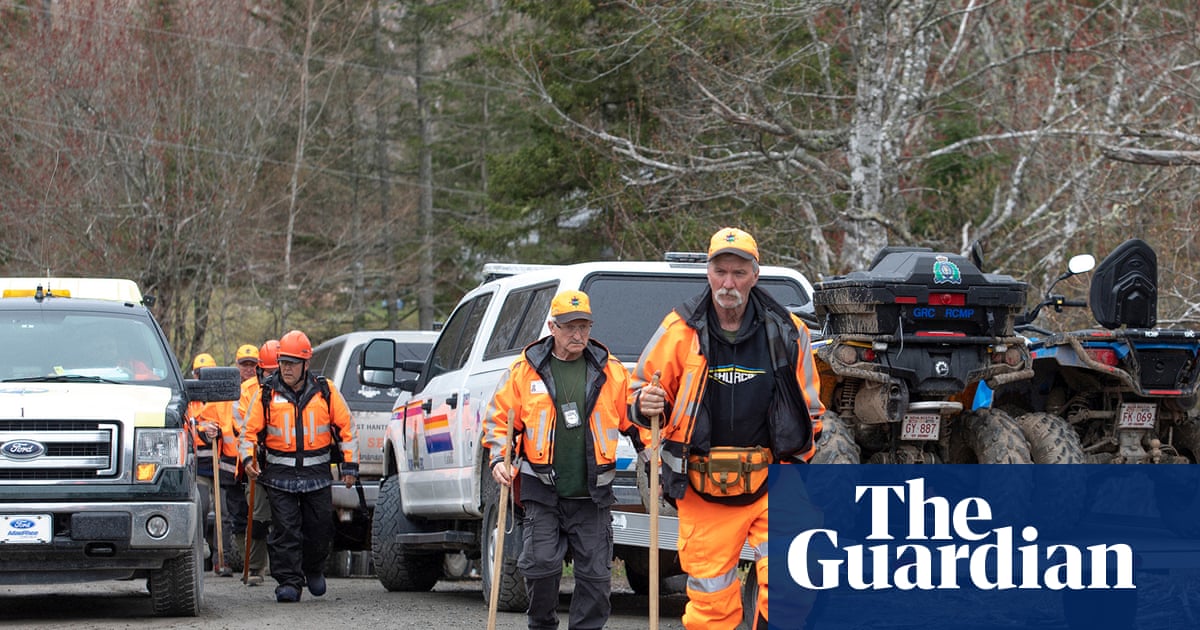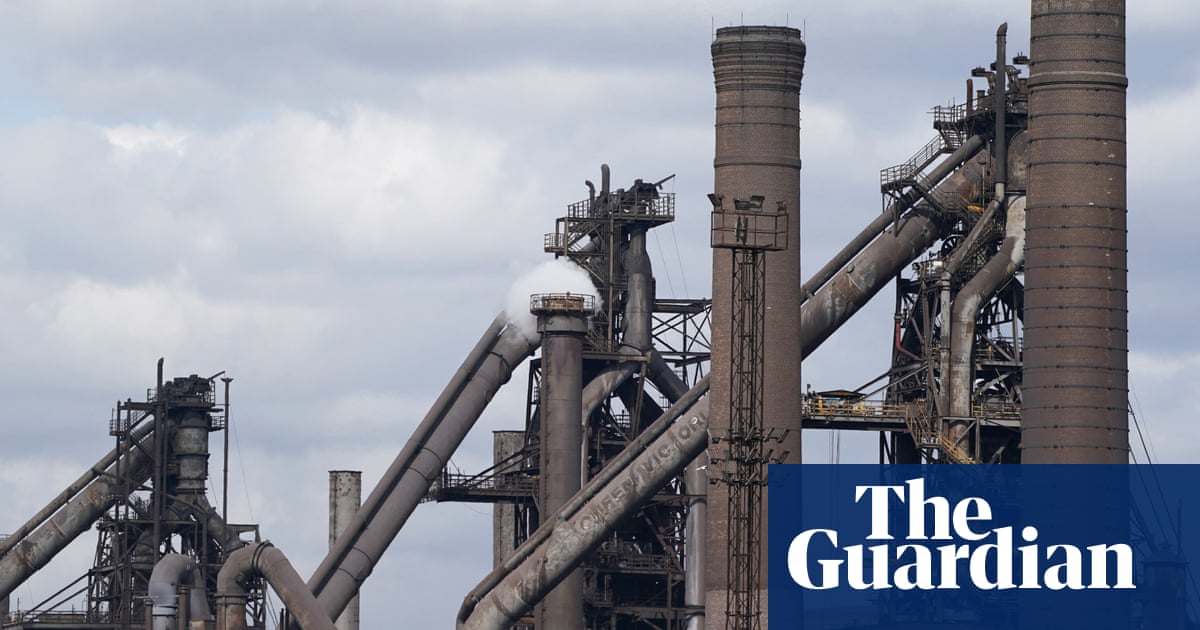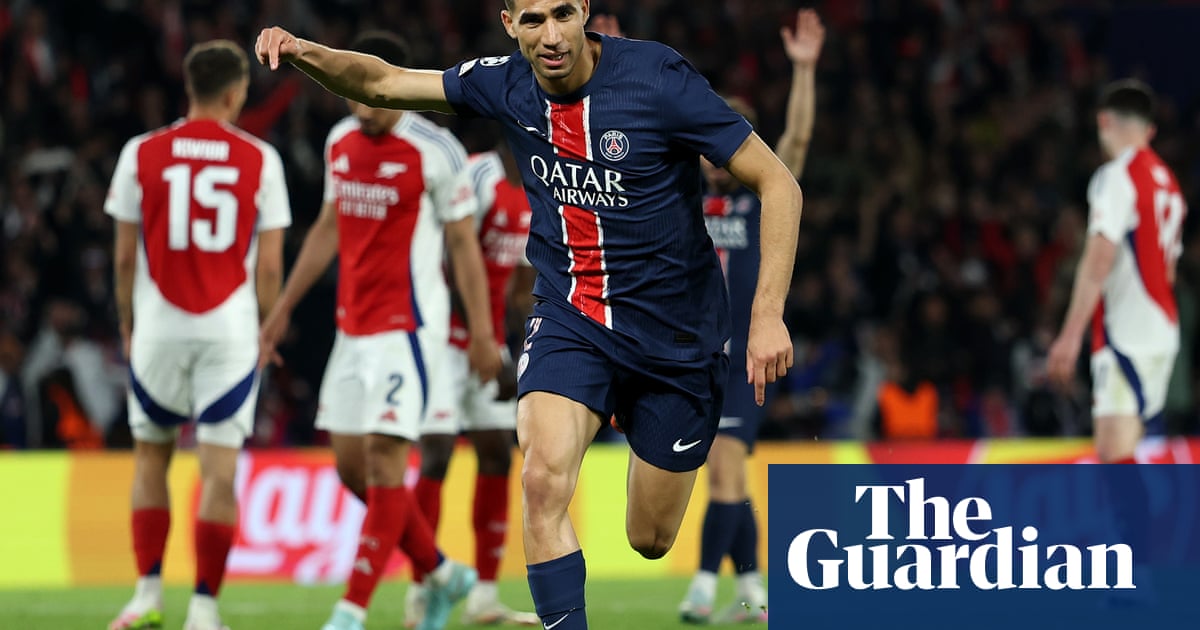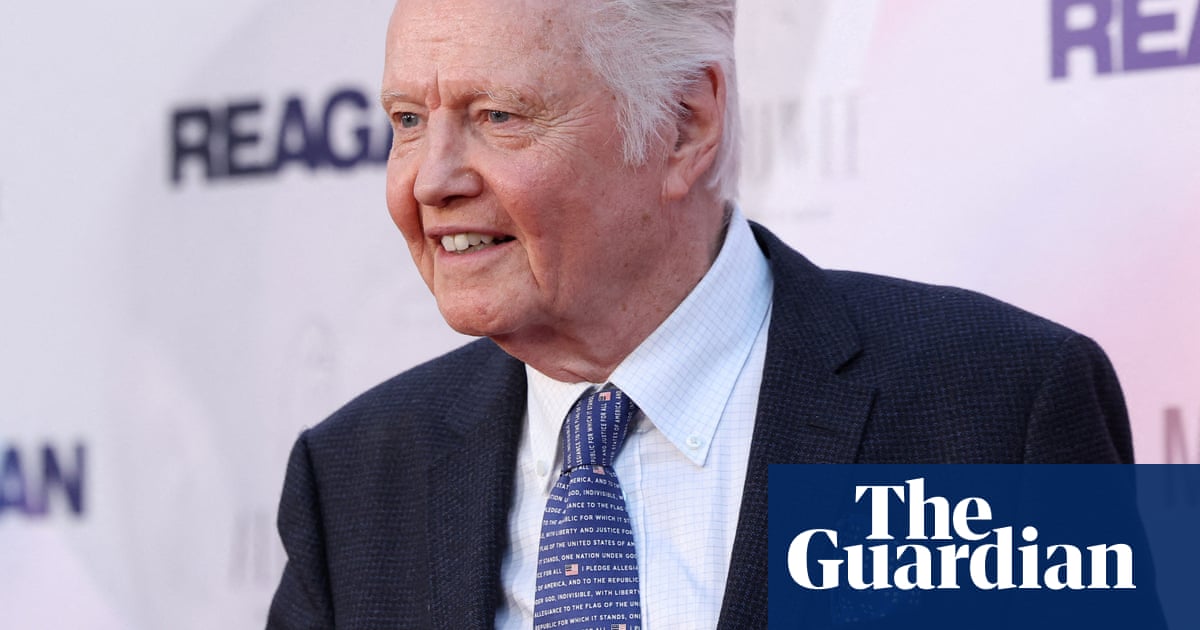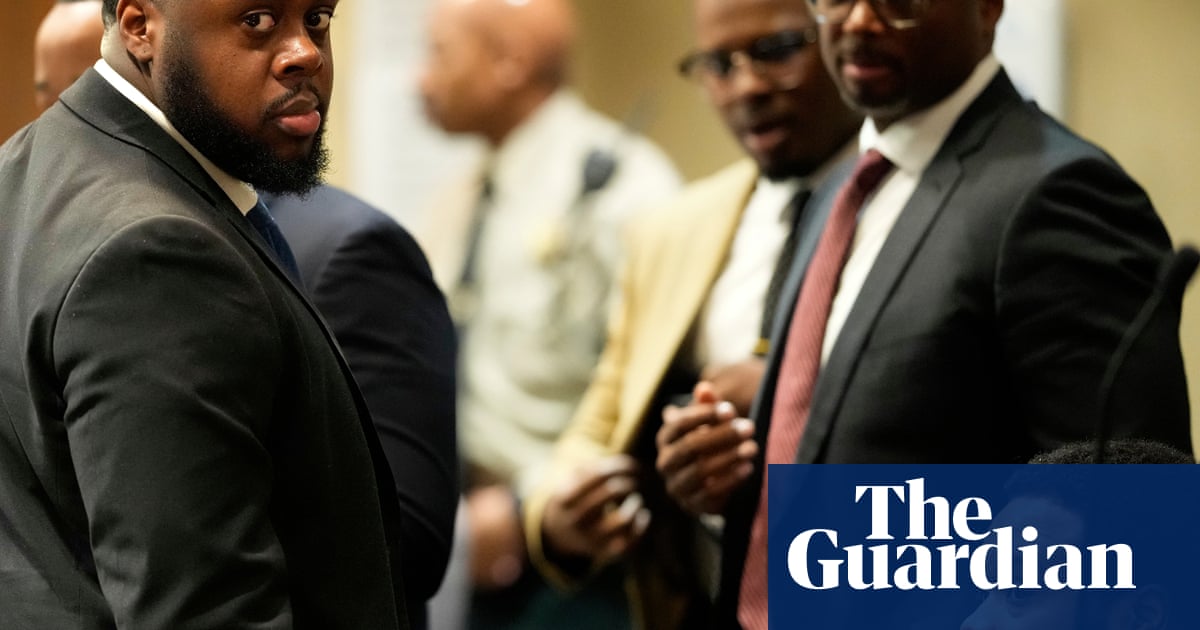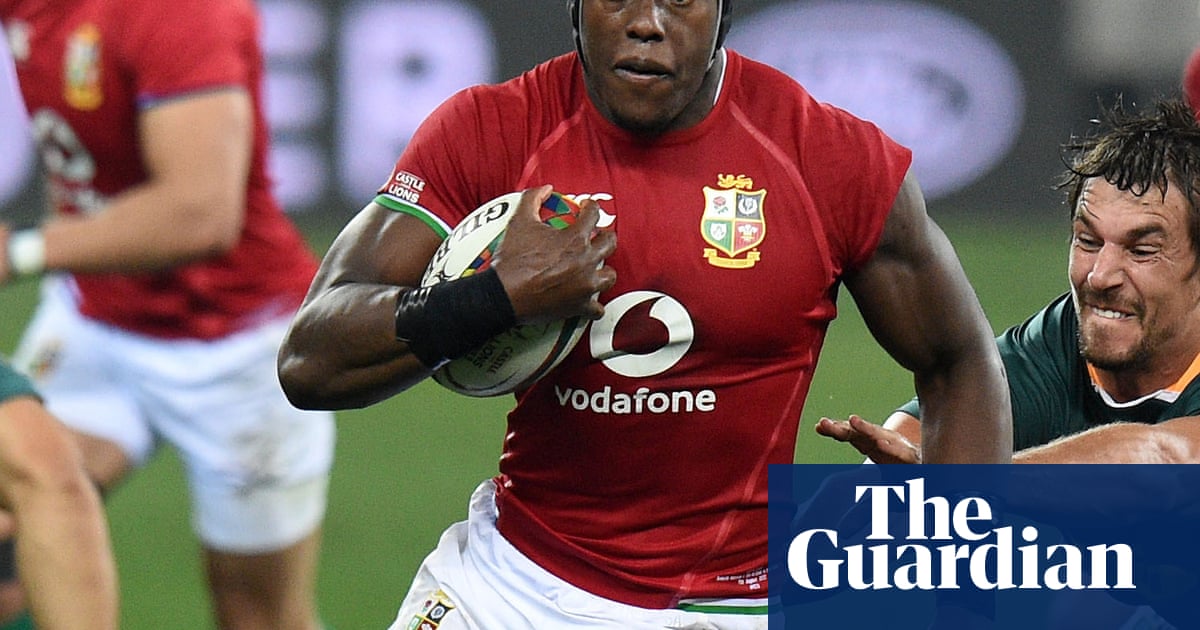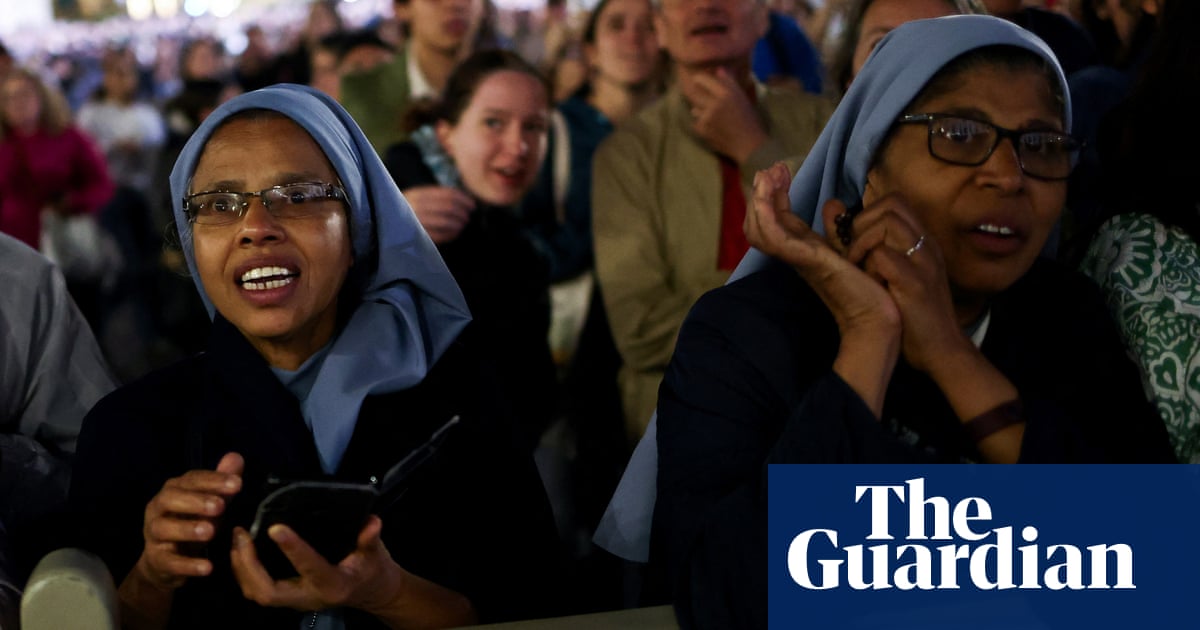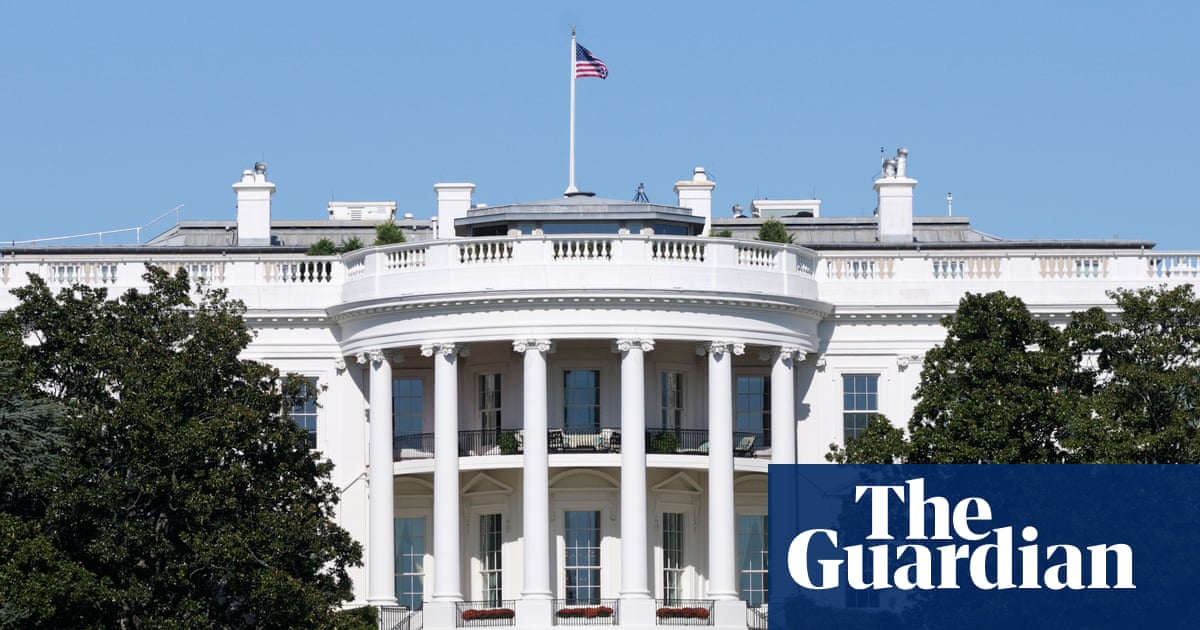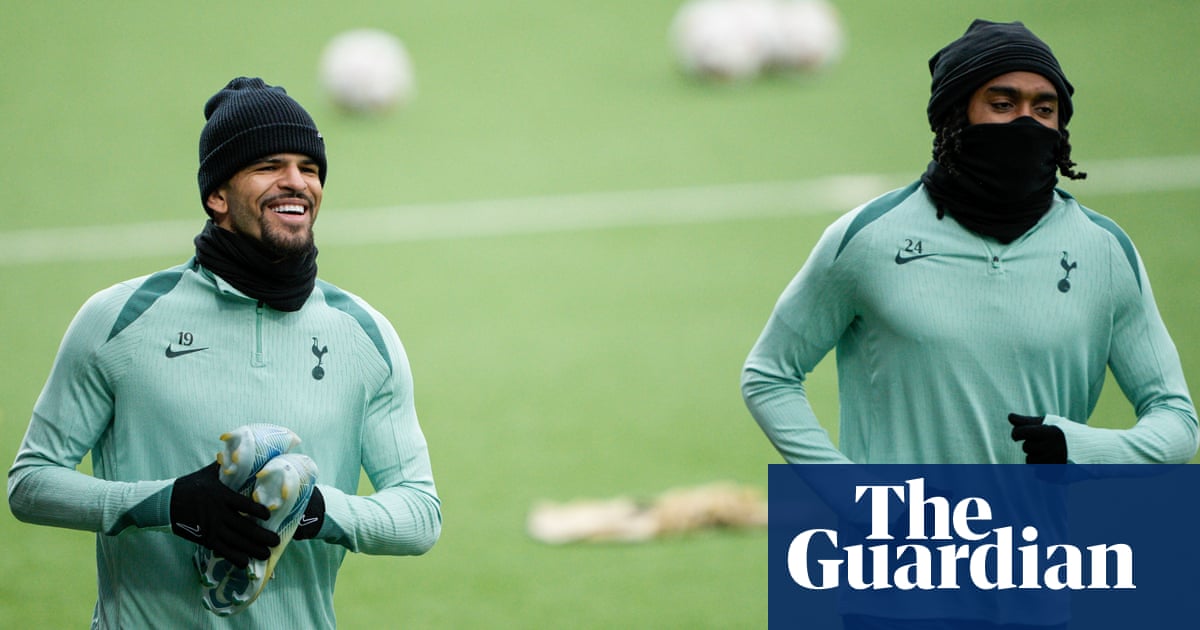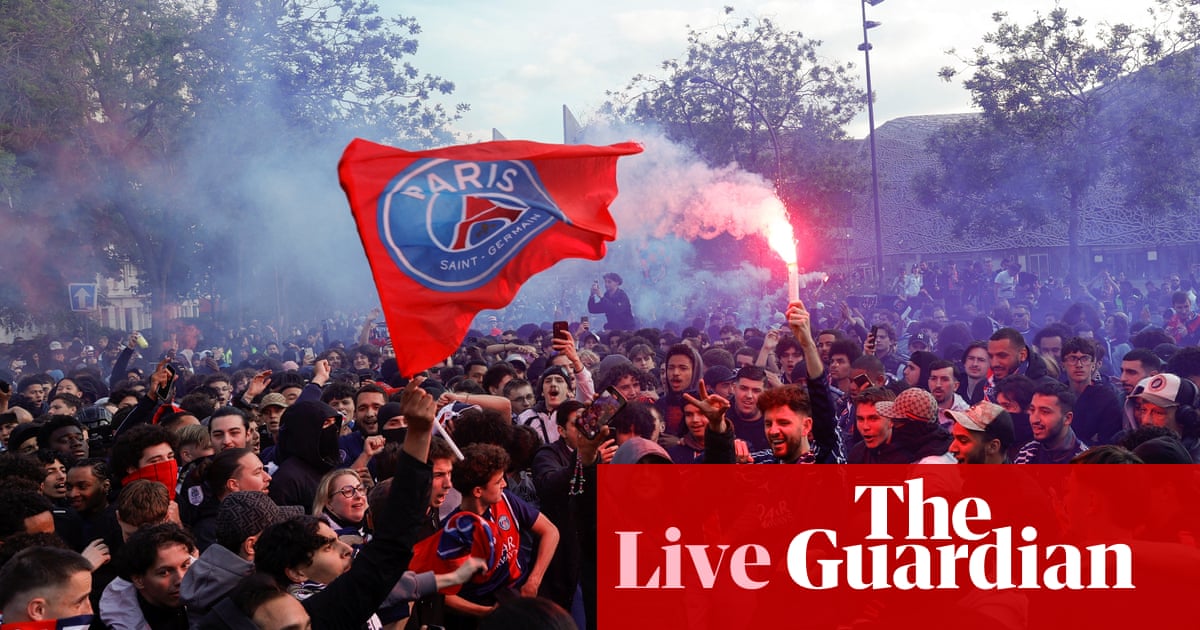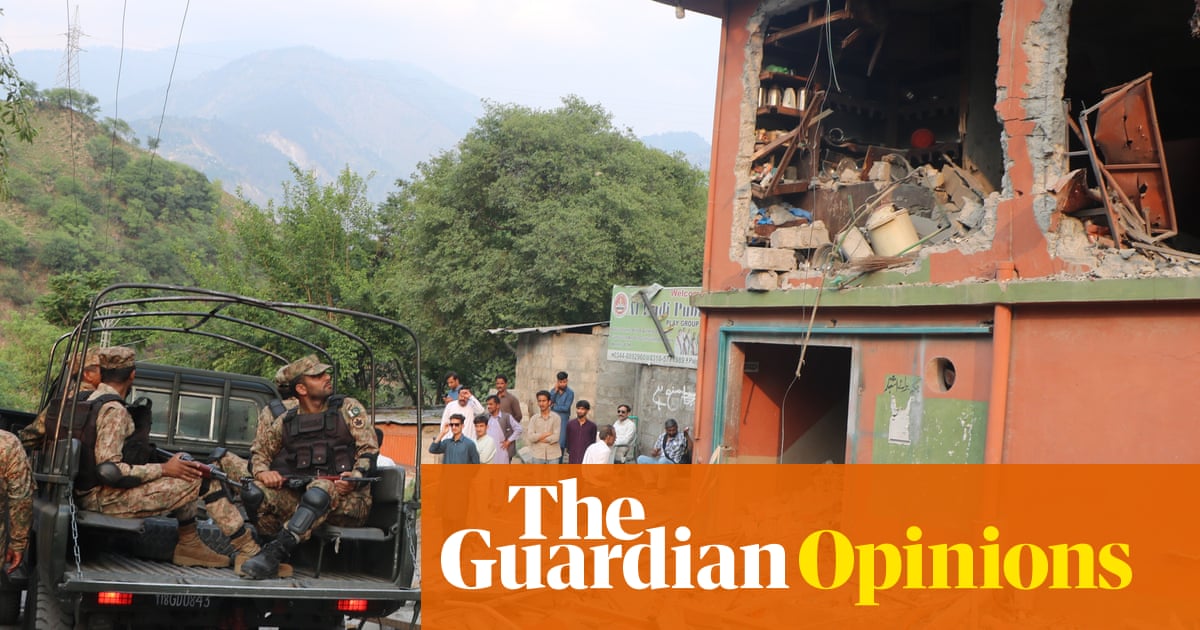Hello and welcome to The Long Wave. This week, after three months of fighting, a peace agreement in the Democratic Republic of the Congo is in the works. I spoke to our east Africa correspondent, Carlos Mureithi, about the conflict, how quickly it escalated and the prospects for peace.
The long shadow of the 90s

In late January, in a fast and shocking development, the M23 militia group seized Goma, one of the largest cities in the Democratic Republic of the Congo. Weeks later, these rebels captured Bukavu, another large city of strategic importance, thwarting the Congolese army’s attempts to halt their march. M23’s mobilisation and rapid gains were the culmination of decades of political and economic tensions.
Carlos tells me that the roots of this conflict lie in the 1994 Rwandan genocide, during which millions of refugees crossed from Rwanda to DRC and brought with them Hutu and Tutsi parties still litigating ethnic agendas.
M23 is led by ethnic Tutsis, who took up arms more than 10 years ago and have engaged in several skirmishes since. The justification for the military action is that M23 needs to protect the minority group from further threats and marginalisation. Hundreds of thousands of Tutsis were slaughtered in the genocide by Hutu extremists.
Carlos says that although this conflict has raged for decades, M23’s progress this year seems to have a different momentum, as the group has made larger inroads and significant territorial gains in a short space of time. “This year, [the fighting is] the worst we have seen.”
Conflict minerals

M23’s advance amounts to a grave breach of DRC’s sovereignty. Carlos says this is especially the case because the Rwandan government is backing the rebel group. “Rwanda denies it but according to the UN [and the international community], it is Rwanda that funds M23.” The country claims whatever support it is extending to M23, it is not full sponsorship, only an attempt to “protect Tutsis, who were targeted in the genocide”, Carlos adds.
But according to experts on the region, Rwanda is heavily invested in securing proxy control over parts of DRC, not only because of political enmeshment through overlapping ethnic demographics, but also due to DRC’s abundance of lucrative natural resources. Notoriously known as conflict minerals, these assets are of significant interest to Rwanda, Carlos says, a covetousness that is extending and entrenching military strife in eastern and southern DRC.
It is striking that these areas are rarely spoken of in terms of their extraordinary beauty and almost otherworldly natural habitat of hills, lakes and soil tinged with red and orange. Buffeted between political and economic agendas, the region became the site of an ethnic and now commercial battle. While the conflict began as friction between communities, minerals also play a huge role, Carlos explains.
Such minerals are exceptionally bountiful in DRC and are some of the most critical in modern technology. Cobalt, lithium and coltan are used in lithium-ion batteries in circuit-board electronics and power laptops, smartphones and electric vehicles. DRC is home to a staggering 60-70% of the world’s supply of these minerals. Carlos says vast sums of money are made from capturing and trading these natural materials, which are a source of funding for even more territorial gains.
A deadly wave of violence

“Fast and violent” is how Carlos describes the events of the past three months. He stresses that this period is only the latest chapter in a conflict that “has created one of the largest and deadliest humanitarian crises in the world. Since 1996, it has caused more than 6 million deaths and displaced a similar number of people internally and outside the DRC.”
In March, Carlos was in Cibitoke, Burundi, which neighbours DRC and has become one of the destinations to which refugees fled the fighting. Those escaping the violence revealed “really horrible ordeals”.
As M23 progressed through south-east DRC, refugees saw hundreds of Congolese military personnel fleeing – some wounded. Carlos says: “To show how desperate the situation was, these soldiers were telling civilians: ‘We are running away from M23. We have been overpowered, they are coming here. If you can, the best thing for you is to leave this town.’”
after newsletter promotion
Those who could, took whatever belongings they had and walked to the Burundi border, crossing a dangerous river on the way, one in which several people drowned. It was really striking to Carlos just “how helpless the Congolese army was. It was a very desperate situation.”
Eastern DRC – a remote area in a vast country

One of the peculiar features of the DRC conflict is how localised it is, which perhaps goes some way towards explaining the tepid response from the army and security forces. The capital, Kinshasa, is a world away from Goma – a 47-hour car drive and a ferry journey. The refugees Carlos spoke to shared one thing: they blamed the government, and felt that the ruling powers in Kinshasa had neglected eastern DRC.
The government is also in business in the region and is among a host of parties extracting minerals and handing out contracts to foreign companies. Carlos says people believe that as long as politicians can keep making money from the region, they will let the fighting continue.
Potential for peace
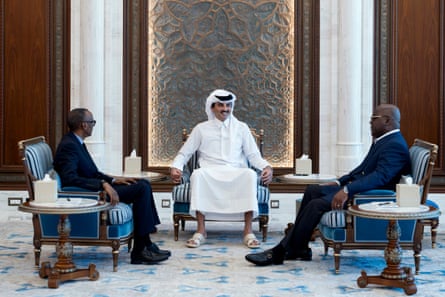
That might be changing, as M23’s advance threatens to destabilise Kinshasa. Carlos tells me that only a couple of weeks ago “the warring parties were not willing to just sit down and talk”. But sit down they did, and talks in Doha yielded a promise by both sides to provide draft peace documents. The Trump administration has also weighed in, expressing a strong interest in sponsoring a peace deal.
These discussions are the most promising in recent history, Carlos says. An end to the fighting is urgent and welcome – but a permanent resolution can only come about if there is no return to the turbulent status quo. The key to an enduring peace is a commitment to extract DRC from the quagmire once and for all while loosening the grip of history and geography.
To receive the complete version of The Long Wave in your inbox every Wednesday, please subscribe here.

 15 hours ago
11
15 hours ago
11
